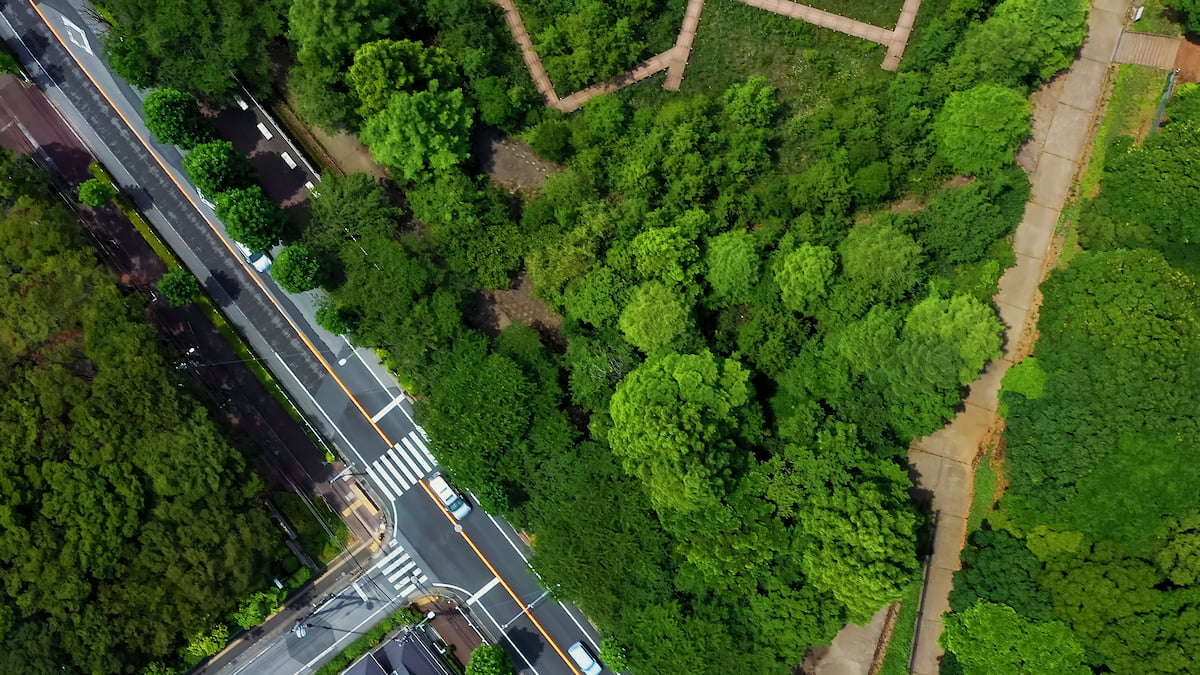Urban planning is gradually moving towards an increasingly sustainable future thanks to the implementation of solutions that facilitate the management of cities. Smart parking systems are key to this transformation, since, in addition to optimizing the scarce space available in the city and improving the driving experience for users, they help to significantly reduce carbon emissions. It achieves this by solving one of the most common problems in large cities, known as traffic jostling or “parking-seeking traffic,” improving the quality of life in cities.
What is smart parking?
Smart parking systems use state-of-the-art technologies that are designed to connect with each other in real time to optimize the management of parking spaces and help reduce the excessive traffic that large cities often experience due to the search for available spaces. These advanced technologies include sensors and detection cameras, mobile applications, variable signage panels and data analysis systems.
Sensors and detection cameras
Sensors are devices installed at ground level that detect whether a space is free or occupied. They are designed with different communication technologies to offer solutions adapted to each need, for example, dispersed parking spaces or areas with a high concentration of parking spaces.
Another detection method widely used in smart parking, usually in combination with the sensors we have mentioned, are detection cameras. Through the processing with artificial intelligencealgorithms and deep learning of the captured images, they can detect in real time the entry and exit of vehicles in a parking space.
U-Spot VISIO: A.I. Single-spot detection
Mobile applications
Mobile applications gather information provided by sensors and cameras to guide drivers in real time to parking areas with free spaces near their location. By knowing where they have the most opportunities to park, unnecessary traffic congestion caused by driving around and around in search of spaces is avoided, saving both time and fuel for users.
Variable signage panels
Just like mobile applications, signage panels provide drivers with real-time information on the availability of parking spaces in the area. In this case, they are located at strategic points in the city or in the delimited parking area to make it easier for users to see them.
Data analysis systems
The data obtained from the sensors and detection cameras can also be used to analyze usage patterns and thus optimize the allocation of available parking spaces to suit the needs of users. From this data, municipal authorities can learn about the needs of citizens and take them into account in urban planning.
Integration of smart parking in urban planning
To contribute to the development of more sustainable cities that are aligned with the real needs of their inhabitants, it is important to integrate smart parking solutions into urban planning by being aware of how public spaces are used.
Collaboration between the public and private sectors
Through collaboration between municipal authorities and private sector technology companies, it is easier to understand the needs of the city and, therefore, to adapt smart parking solutions to these needs. This collaboration makes it possible to develop more sustainable strategies in the long term, integrating local resources and technological innovation.
Integrated transportation planning
Smart parking systems should be part of a broader strategy that also considers public transport, cycling and pedestrian needs within this section of urban planning. Multimodal mobility allows users to combine the use of private vehicles with other modes of transport to make their journeys through city centers more fluid.
Benefits of sustainable mobility
Smart parking systems have a positive impact on both the city and the quality of life of the people who live in it. These solutions contribute to broader sustainability, safety and economic development goals.
Carbon footprint reduction
Smart parking solutions help reduce the carbon footprint of cities. Reducing emissions from unnecessary driving for parking promotes a cleaner and healthier environment. Also, by analyzing mobility patterns, parking space allocation can be adjusted to encourage the use of public transport or electric vehicles.
Impact on road safety
By reducing traffic and erratic movement in search of parking, the risk of accidents caused by sudden braking or unexpected maneuvers on congested streets is reduced. By implementing intelligent parking systems, exposure to risky situations for both drivers and pedestrians can be minimized.
Optimization of urban space
By optimizing urban parking, it is possible to manage the city’s resources and infrastructure by putting them to other uses that encourage social interaction and active mobility. The quality of life of citizens can be improved by freeing up unused public spaces for conversion into green areas, parks and pedestrian zones.
Boosting the local economy
Improving the allocation of parking spaces and their management through intelligent systems reduces the time users spend looking for a parking space. By reducing congestion caused by traffic and facilitating access to commercial areas, more pleasant environments are created that encourage local commerce. Customers can visit stores, restaurants and services at their leisure.
By integrating smart parking solutions into urban planning, it is possible to create more sustainable and safer cities where available space is better managed and both on-street congestion and carbon footprint are reduced. In addition, such optimization enables the reconfiguration of urban infrastructure for other uses of public interest, such as recreational areas and green spaces, as well as boosting the local economy.

